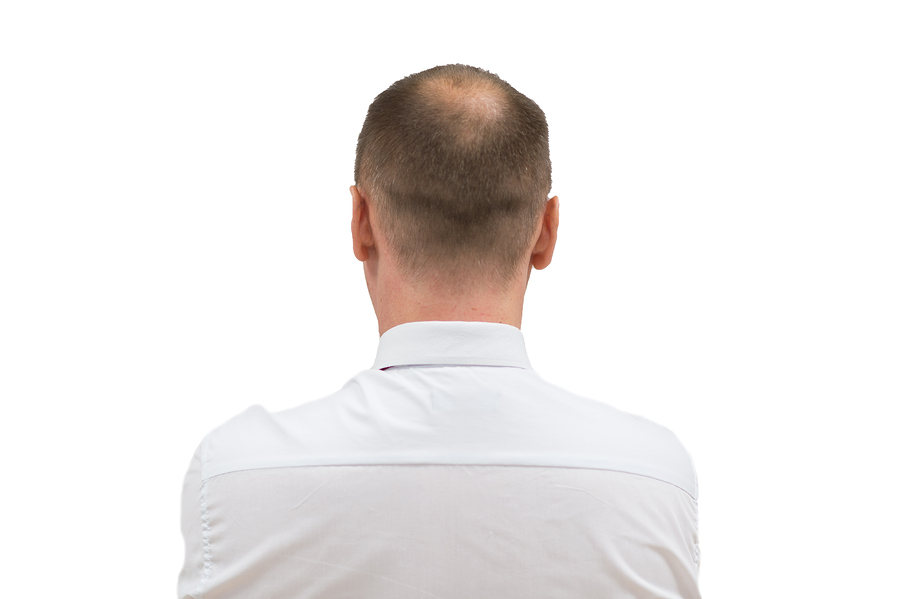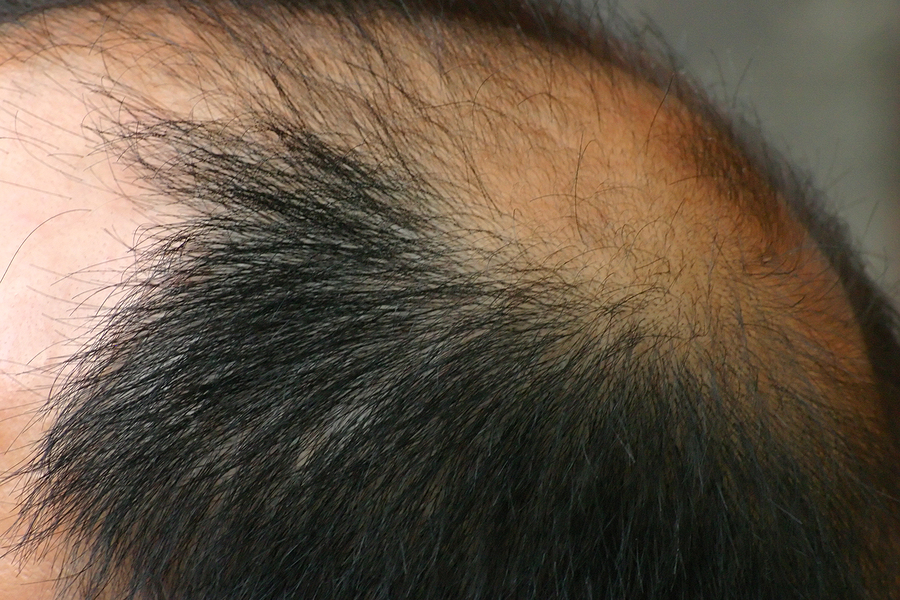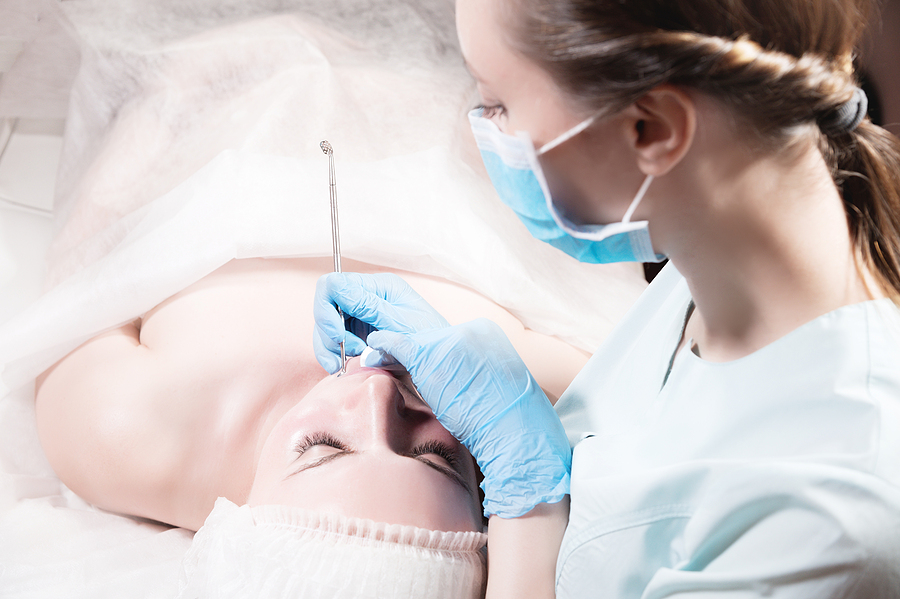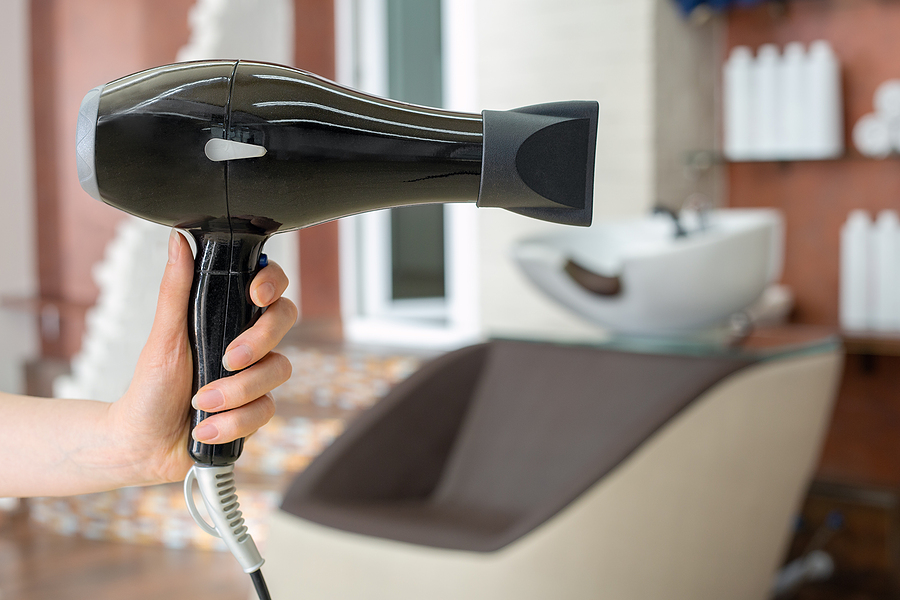Hair loss can happen for many reasons: stress, hormones, or genes. Regardless of the reason, there’s nothing worse than losing your hair. According to the AHLA (American Hair Loss Association), two-thirds of men experience some sort of hair loss by the age of 30.
Approximately 320 million people in the US alone are victims of alopecia, with 20% of them under the age of 30. So, what’s the solution? SMP, or Scalp Micropigmentation.
Who Is SMP For?
A question that comes up very often is, who is SMP for? SMP is for everyone who’s a victim of male pattern baldness. Whether you just have a receding hairline or if you’ve already lost some of your hair, SMP is for you.
This procedure can help cover up any bald spots you may have or hide your receding hairline. If you’ve had hair transplant surgery and don’t like the scar it left behind, SMP can help conceal it too. The only eligibility criteria you have to meet is being over 18 years old.
What Is SMP?
If you’re still reading this, chances are you’re interested in the procedure. So, let’s take a look at what SMP really is. SMP is the only non-invasive solution to hair thinning, alopecia, and hair transplant scarring. It uses small needles to deposit ink in your scalp. Just think of it as a head tattoo.
The procedure makes your head look like it has some hair, sort of like a buzz cut. It’s perfect for those trying to regain their long-lost confidence. For those who have natural hair thinning, SMP can give your hair a denser look. It is the perfect solution to your hair problems, regardless of your gender.
Is SMP Painful?
The word tattoo may make you think that the procedure is painful. The truth is that it’s both painful and not painful. How? SMP is best described as being uncomfortable rather than painful. The reason being is anesthesia.
SMP is done under local anesthesia, which means that the practitioner will numb your scalp before the session starts. This isn’t to say that it will be a completely pain-free experience. Even with anesthesia, you may feel some discomfort and irritation, depending on your pain tolerance. People with acne, allergies, or other skin diseases should consult their dermatologist before opting for SMP.
General Guidelines
It is important to understand the SMP process before you decide to get the treatment. It is a multi-step process, usually done over multiple sessions. Each session takes over 4-5 hours. The sessions are scheduled weeks apart. So, it’s important that you do not expect mind-blowing results in the first week.
Showering before treatments
You are not allowed to wet your hair/scalp for four days after your session. This means no strenuous exercise that will have you sweating and no showering either. Keeping your hair dry will improve ink retention in your scalp.
Number of treatments:
How many treatments you require is based on the kind of hair loss you’re trying to undo. If you’ve lost 70% of your hair or are completely bald, you’ll need more sessions than someone who’s suffering from hair thinning.
Protecting your hair from the sun
You’ll need to try to stay indoors or wear a hat for the first four days after a session. This is also to improve ink retention. You can stay in the sunlight for 45 minutes to an hour on the 5th day if you really want to.
Moisturizing affected areas
Regularly moisturizing areas of your scalp that received treatment are beneficial in the long run, ensuring that your scalp remains healthy. You should continue this practice even after the end of your sessions.
Side Effects Of SMP
We’ve already discussed the pain aspect of SMP, but are there any side effects? Of course, there are! Like any other procedure, SMP also has side effects, but for most people, they’re not much trouble.
Swollen Lymph Nodes
One of the most common side effects is enlarged lymph nodes. People usually complain about swelling at the back of their heads. This happens because the body is getting used to the ink or has had an allergic reaction to the needles. You should visit your SMP clinic (such as an SMP hair clinic UK) if this happens, but this is no cause of worry. The swelling usually fades away in a few days.
Soreness
You may feel sore after treatment, sometimes for days on end. Your head is also very vulnerable to bleeding, so you may even find scabs on your scalp. Again, this is no cause of concern. It’s common and harmless most of the time.
Itchy Scalp
Your scalp may feel “tight” or “itchy” after the treatment. But it’ll fade after a few weeks; this is just part of the normal healing process.
How Much Does It Cost?
The cost of SMP varies greatly from person to person. Part of the reason is that every case is different, and thus requires something different. You’ll have to pay per session rather than as a whole.
A single four or 5-hour session can cost anywhere from $400 to upward of $1000. Keep in mind that this is not a static rate and that sessions can cost higher or lower depending on your practitioner and your case.
Is It Permanent?
SMP is considered to be a semi-permanent treatment, which means that it’s likely to last for around 6-8 years before starting to fade. This makes it considerably cheaper than other hair-fall treatments. SMP on dry skin also fades quicker than moisturized skin, which is why you’re advised to moisturize your scalp regularly. Even when it does start to fade, you don’t need to get the complete treatment again. Just a few sessions will have you looking great in no time.
Conclusion
SMP is a great, cheap alternative to a hair transplant, and we hope that our guide can help you better understand the basics. Please note that there is no formal certification for an SMP practitioner. Thus, you must be very thorough when deciding whom you choose.
Image Source: BigStock.com (Licensed)
Related Categories: Beauty, Reviews








